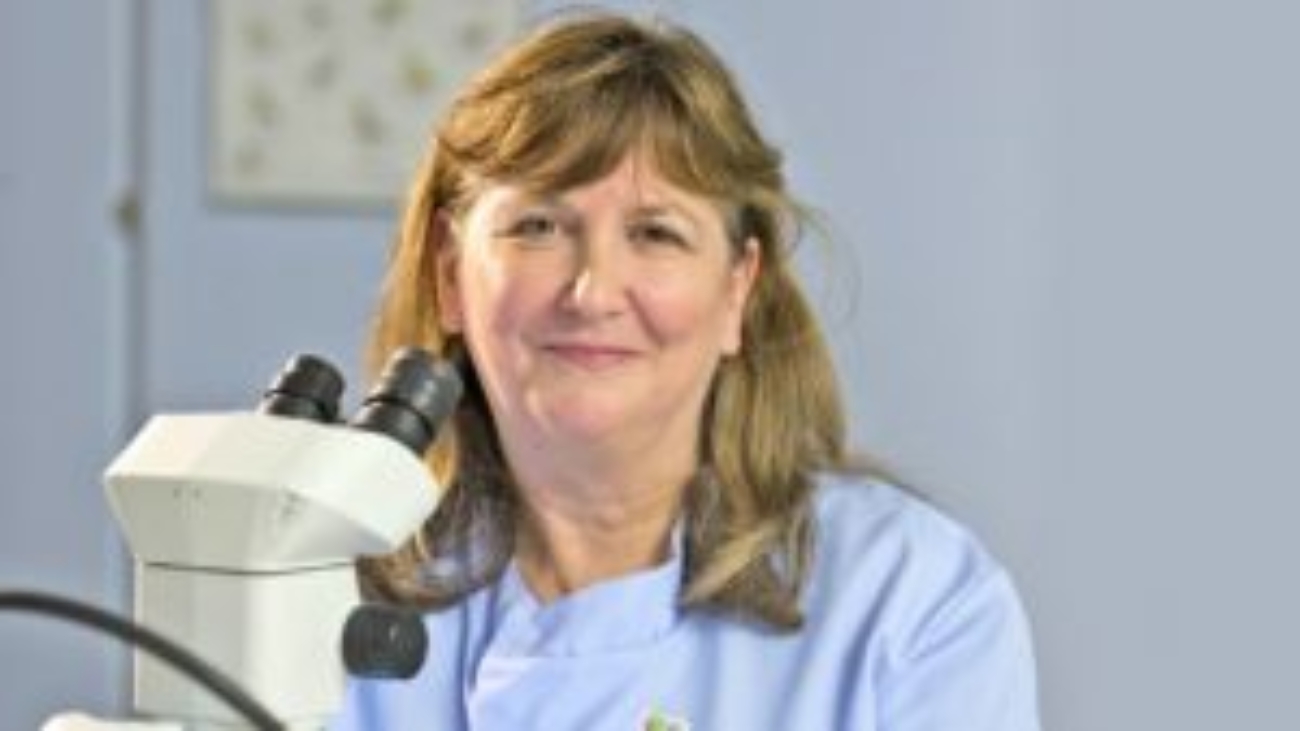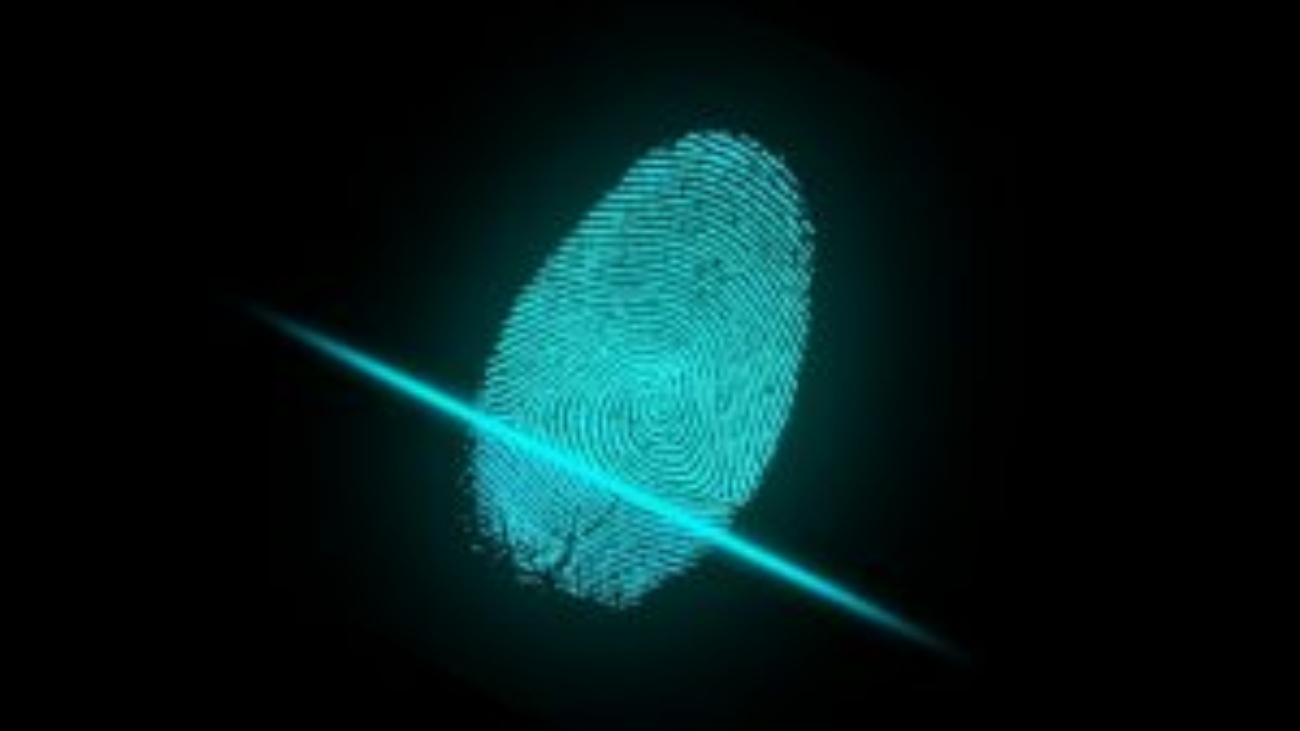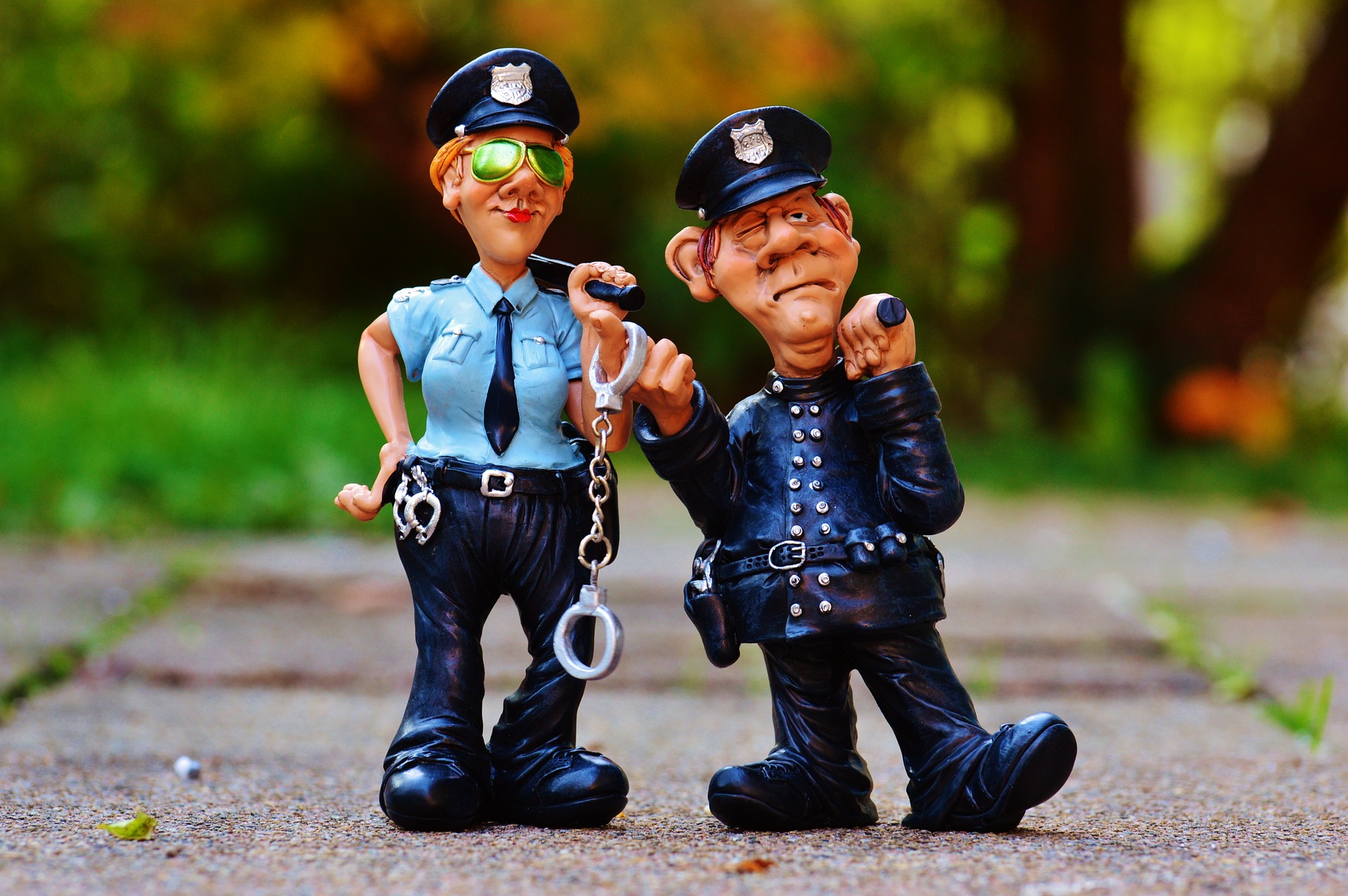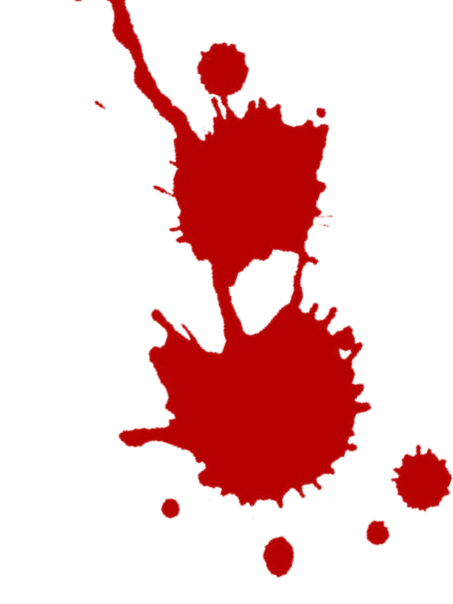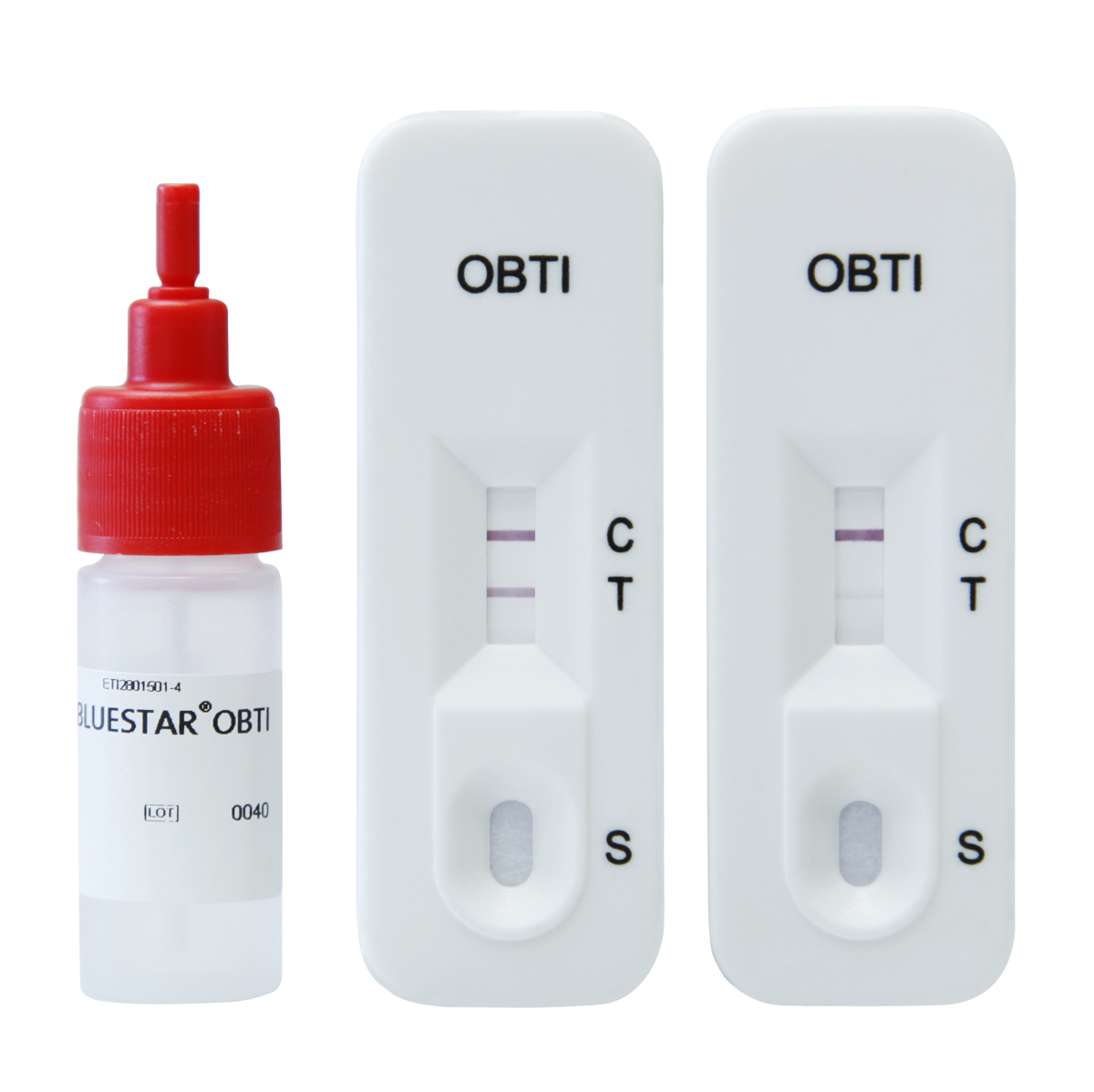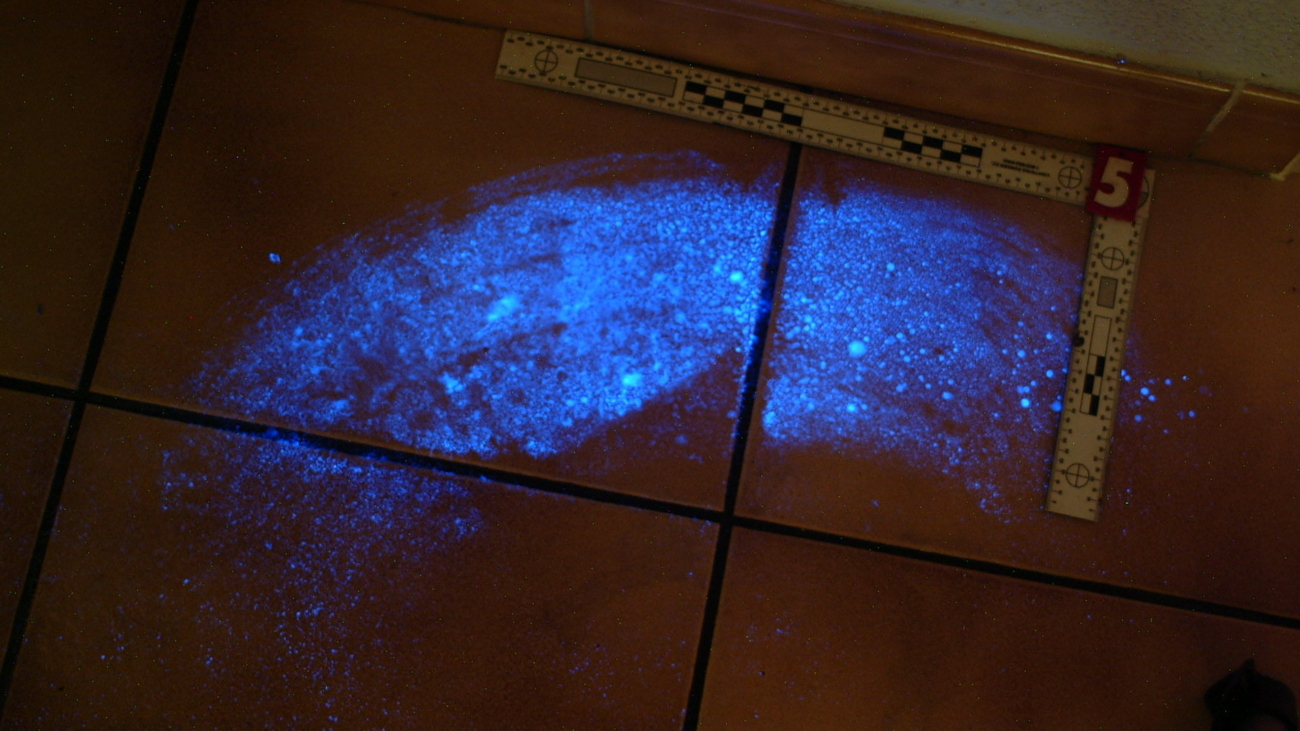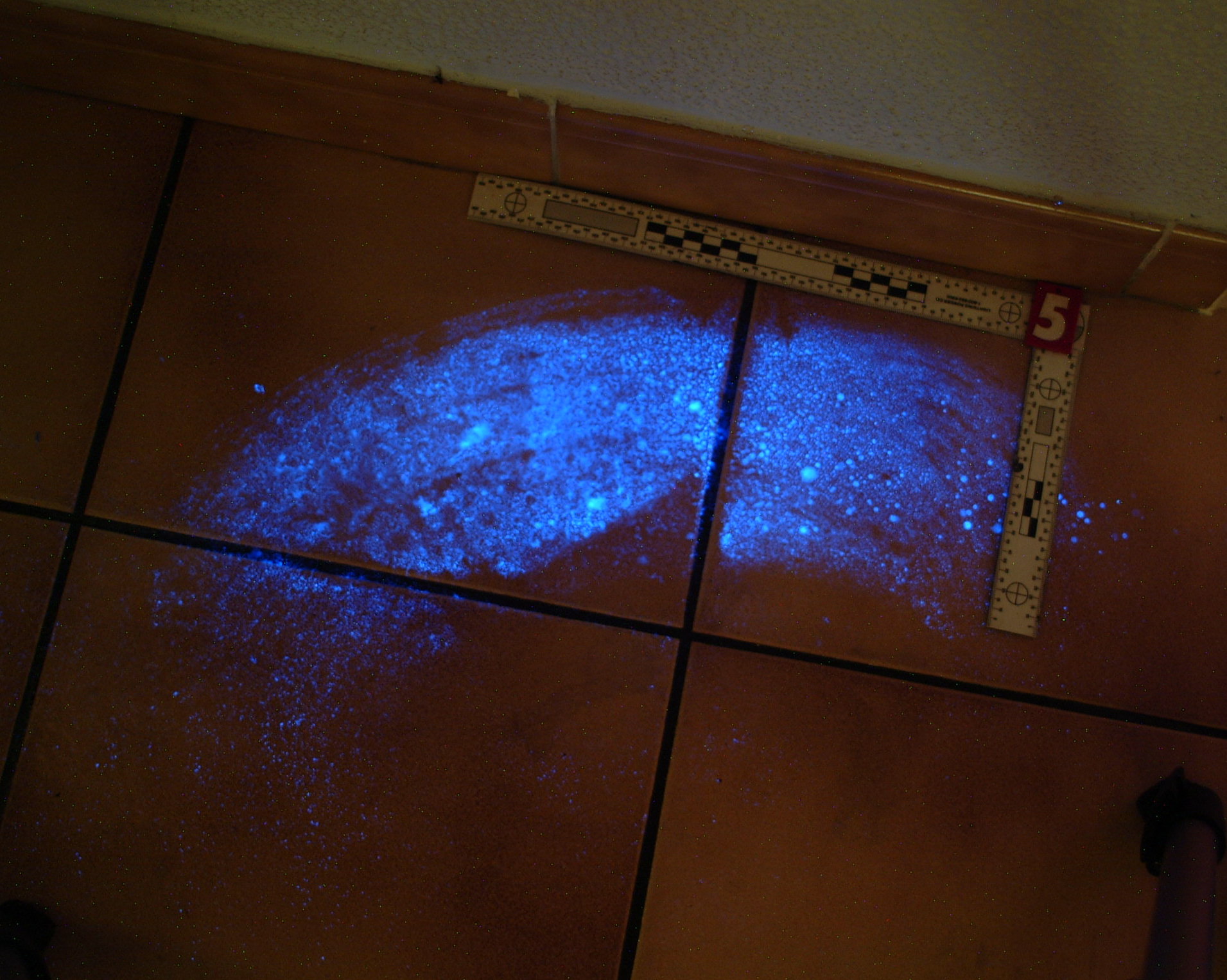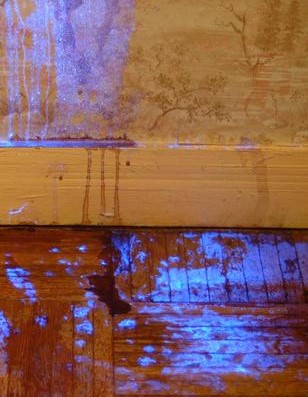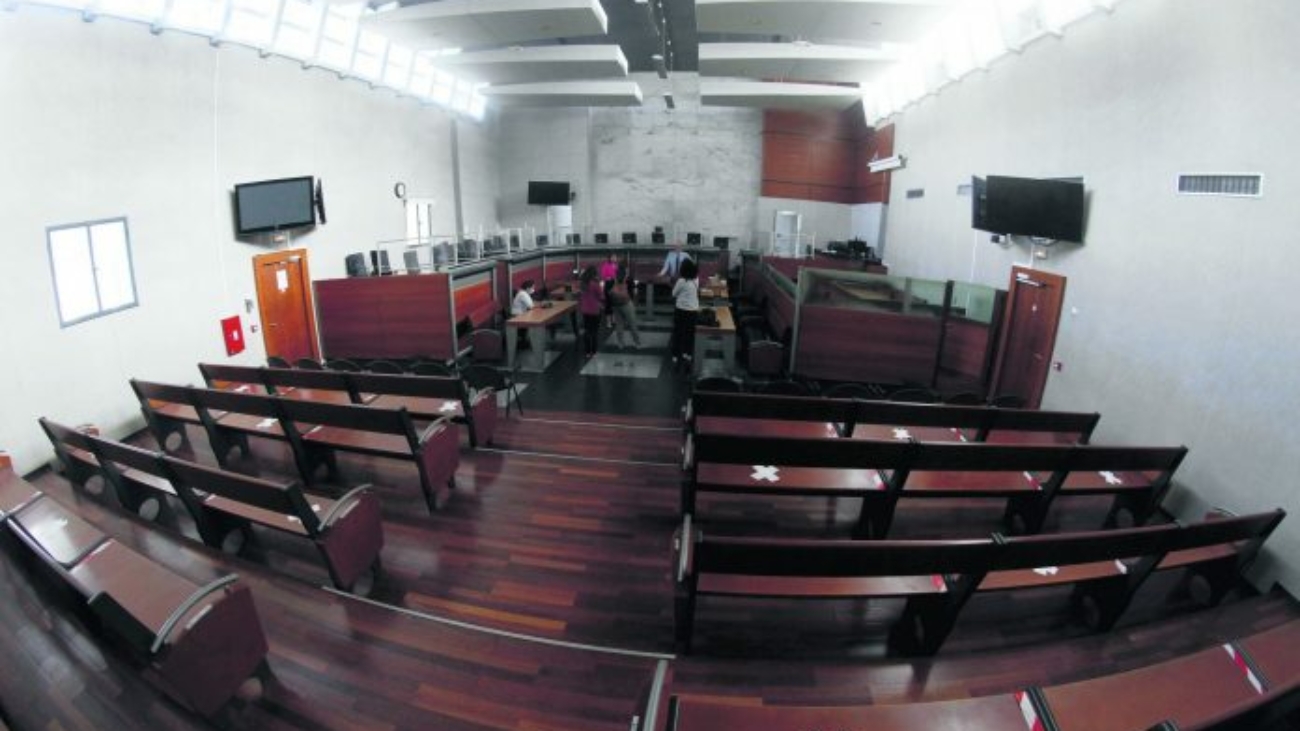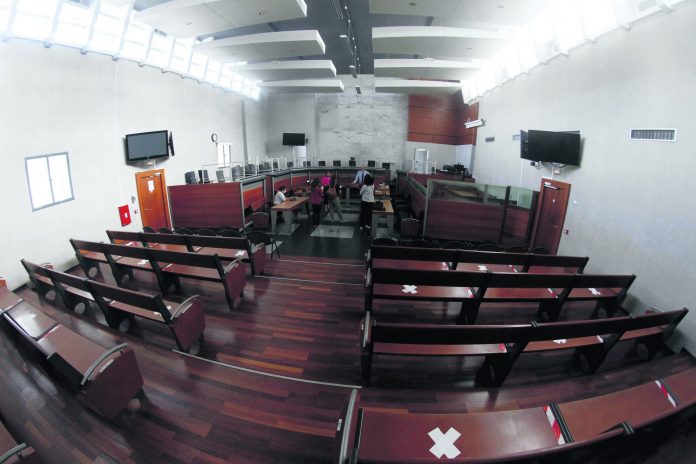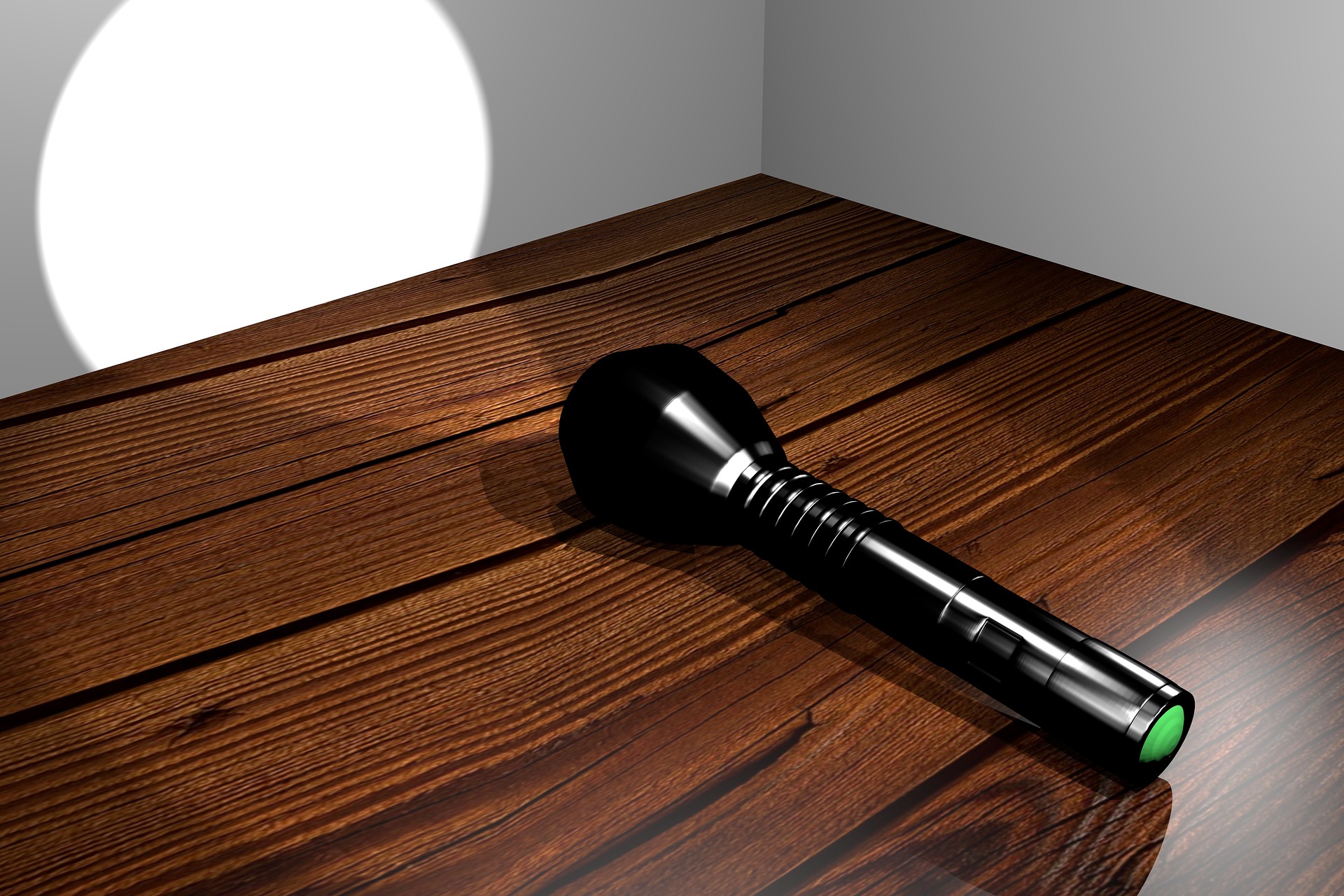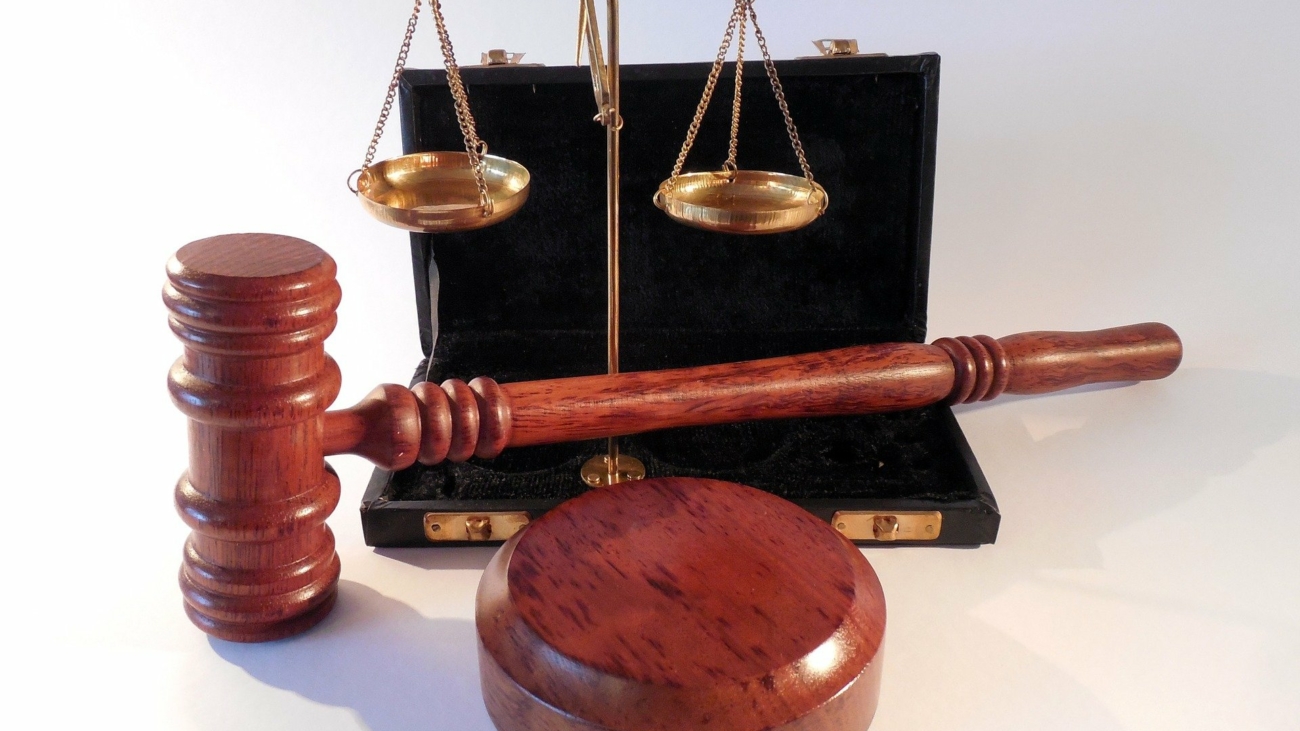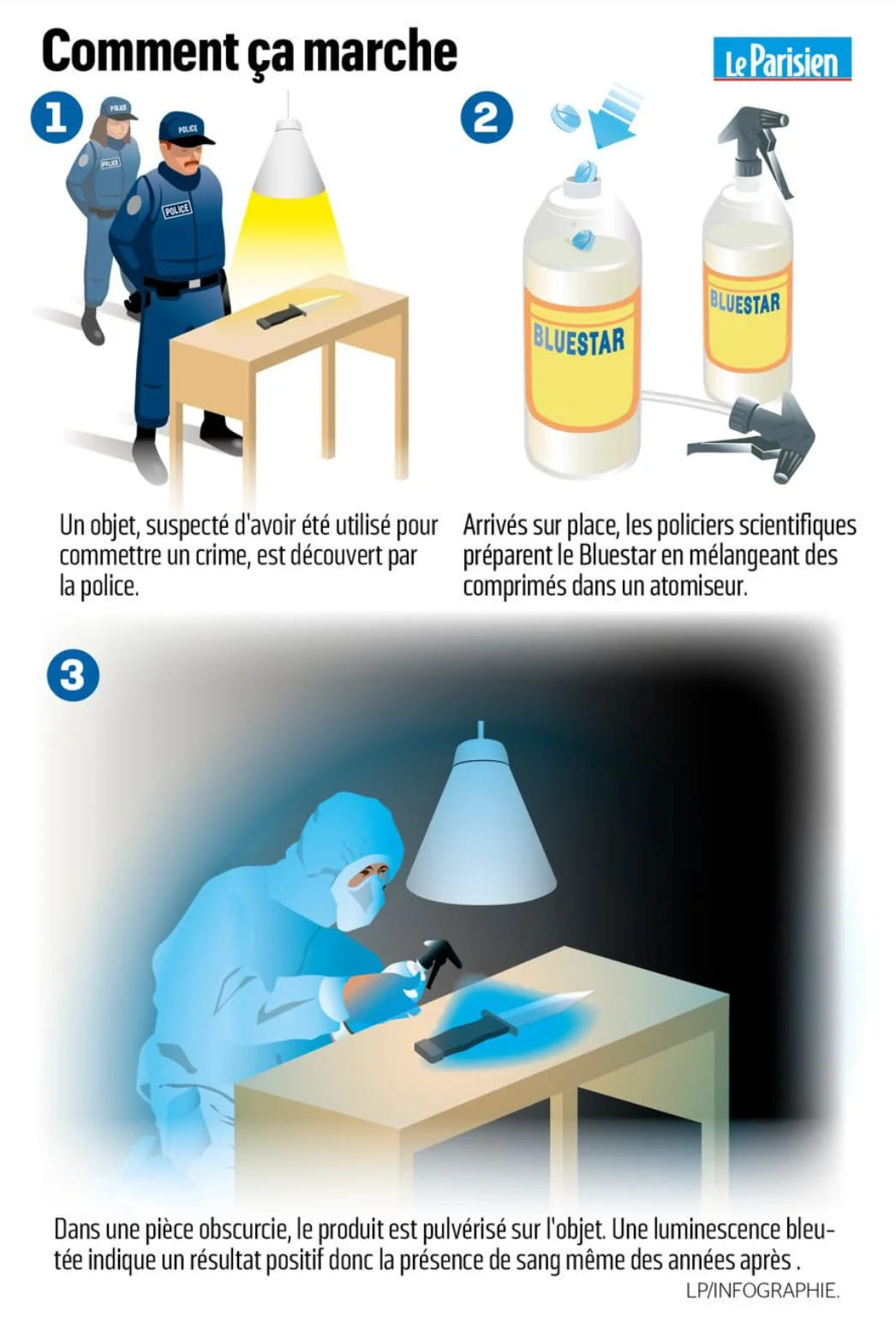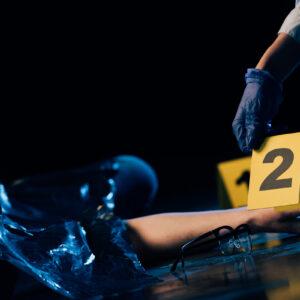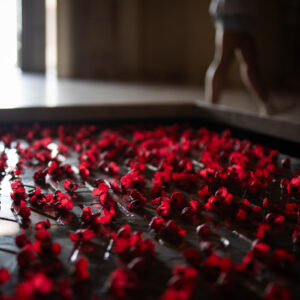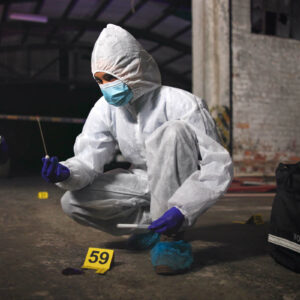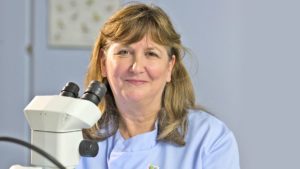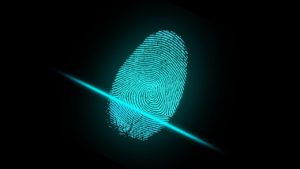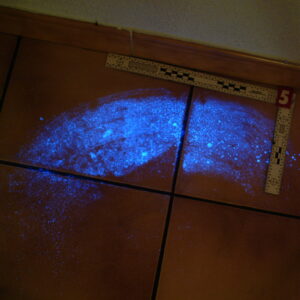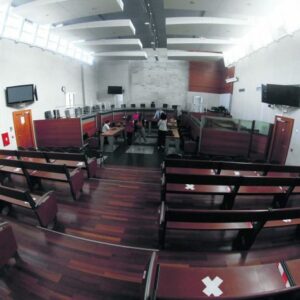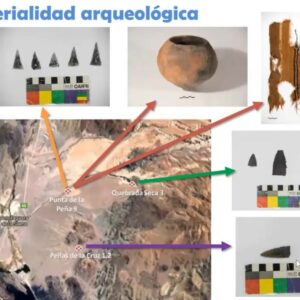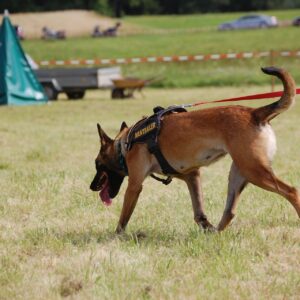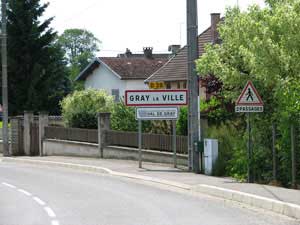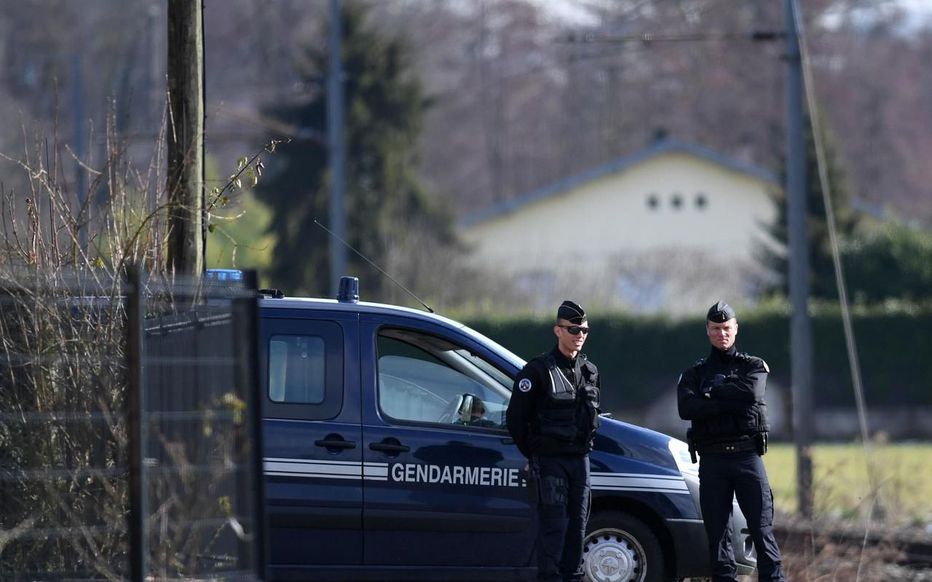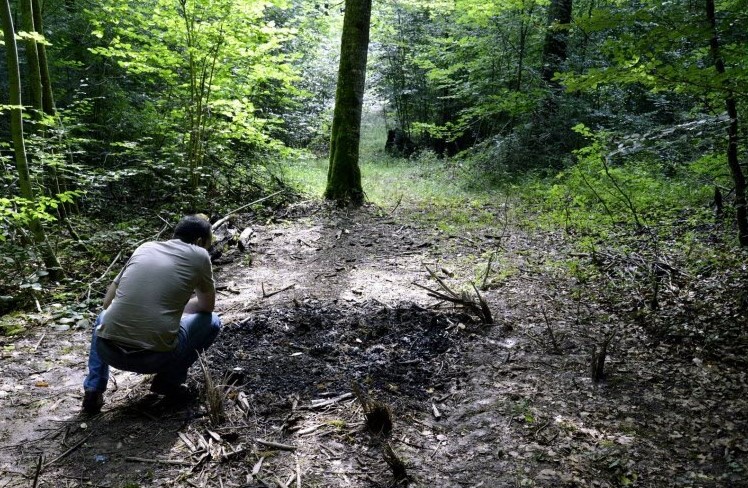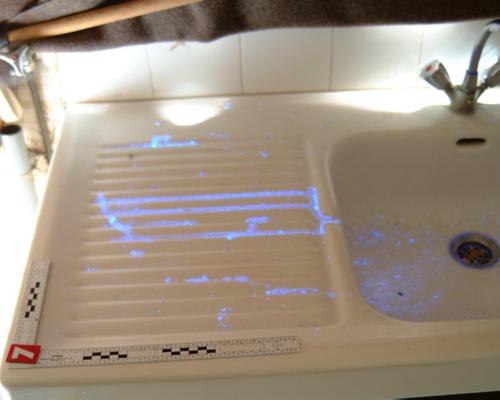When pollen and insect larvae are used to solve criminal cases and even historical enigmas...
This documentary takes a look at the fascinating resources of science for investigators.

For Scottish researcher Lorna Dawson of the James Hutton Institute, soils, especially forest soils, can provide valuable clues to the location of a crime based on fingerprints.
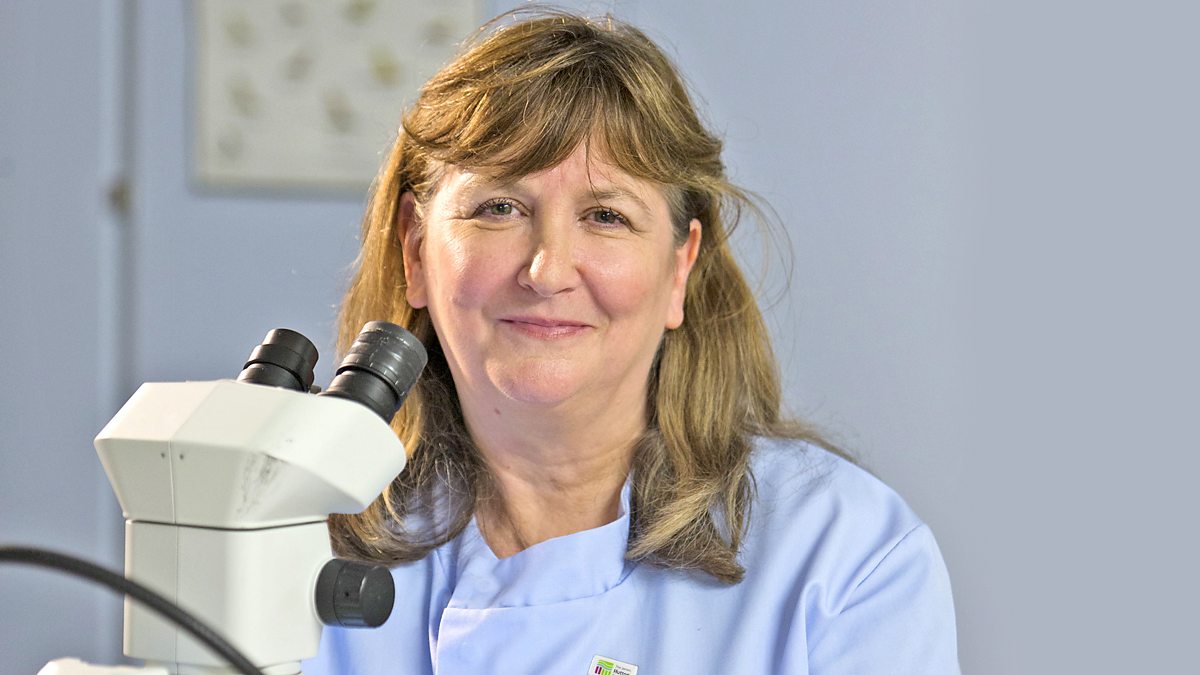

Blood samples can also reveal important information: Philippe Esperança, a forensic scientist in France, is working to bring to light traces that are a priori invisible.
At the Institute of Forensic Medicine in Frankfurt, entomologist Jens Amendt works with flies and their larvae, which, when taken from a corpse, can accurately indicate the time of death.
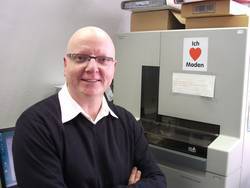
Latest prowess
Used since the 1980s, DNA testing is probably the most important revolution in the history of criminology. As a new and indispensable ally in judicial investigations, it has led to the creation of a true scientific police force and the development of new forensic methods. With the enlightenment of researchers, this documentary offers a panorama of the latest prowess and promise of science in order to break through the most persistent enigmas.

Relatively recent in Europe, the analysis of pollen allows to identify those who were near a corpse, to know the places frequented by the deceased before his death or the season in which he died. The long life span of pollen ensures the preservation of traces dating back thousands of years. In Vienna, Martina Weber’s research has helped to solve crimes and to study historical events such as Pompeii.
